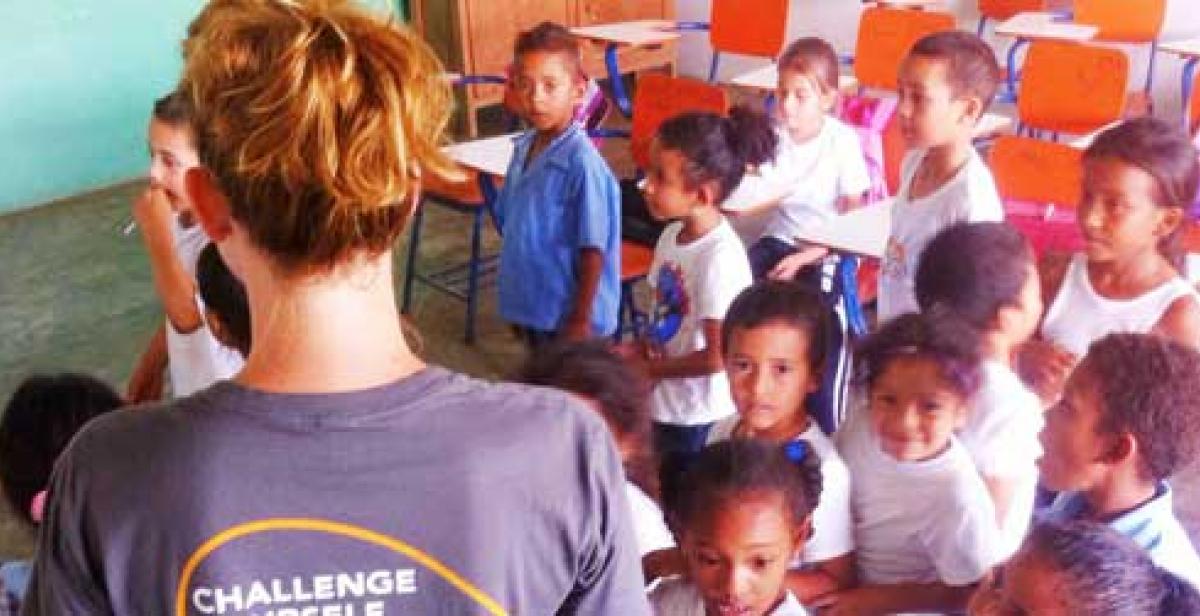As we enter our fifth week in Honduras and fourth in Guayape, we are at a loss as to where the time is going. November is upon us already, yet it seems like only yesterday that we boarded our plane at Heathrow. However, when considering a topic for this week’s blog, and the huge amount there is to choose from, I realise the huge amount we have achieved… reflected in the 1,589 photos we have already taken!
Though the photographs depict the myriad of different projects that constitute our work for Progressio, it is the near constant presence of the local children within them that serves to reflect the very reason why we are here: to help build a cleaner, brighter Guayape for future generations.
Take, for example, our work at the Vivero (tree nursery) in the local school. We have been working to transform a hitherto overgrown field into a growing space for thousands of saplings. The aim of this is to aid in the reforestation and beautification of the local area, and to communicate the benefits of agro-forestry as a means to adapt to climate change and improve food security.
For many of the volunteers this was our first taste of manual labour; rakes, hoes and shovels in hand, we have - and continue - to spend many hours levelling the land, clearing the debris and preparing the site for planting, all under a scorching Honduran sun. The photos depict us at our most exhausted, but motivated by the smiling faces of local school children whose enthusiasm is contagious. It seems they like nothing better than to spend their free time helping us shift rocks and weeds – who are we to stop them…?!
In the series of workshops we are delivering to local schools and colleges we hope to educate the youth of Guayape and the nearby communities of Santa Cruz and Suyapita on how to tackle a variety of challenges that for many are a daily reality, from drug abuse and sexual health to waste management and climate change. Last week the program began with a series of classes on the environment, including the impacts of deforestation and the burning of rubbish, which, along with a series of weekly English classes, have been met with enthusiasm by all ages.
Scroll further through our photo library and you’ll find that los niños form an integral part not just in our project work but at home too. Few days pass without five or six children running about the house, teaching us games and helping us practise our Spanish. The many afternoons and weekends we have spent with them drawing, playing frisbee and watching football will stay in our memory, and of course our photographs, long after we leave Guayape in five weeks time.
Written by Natasha Dolton



